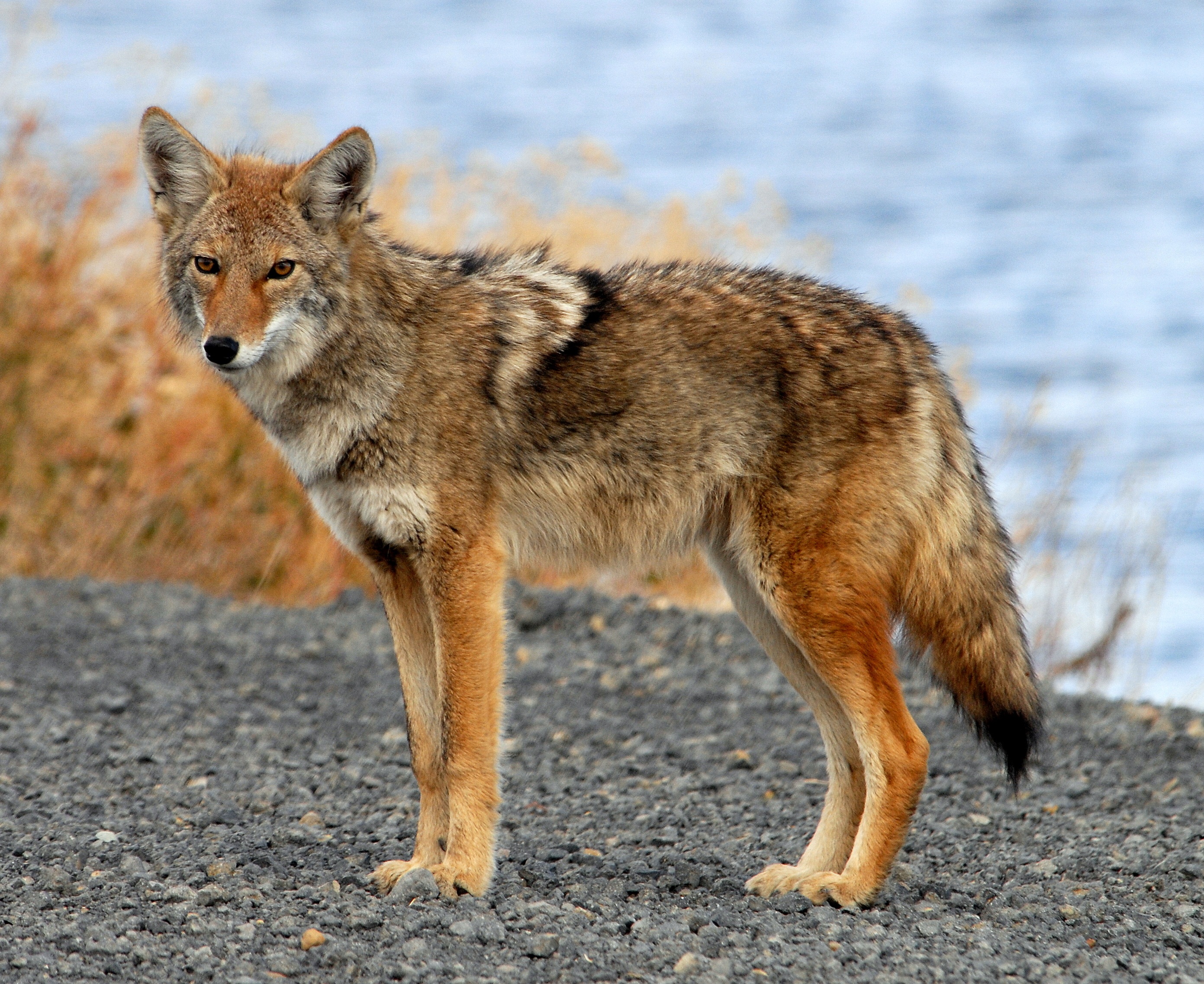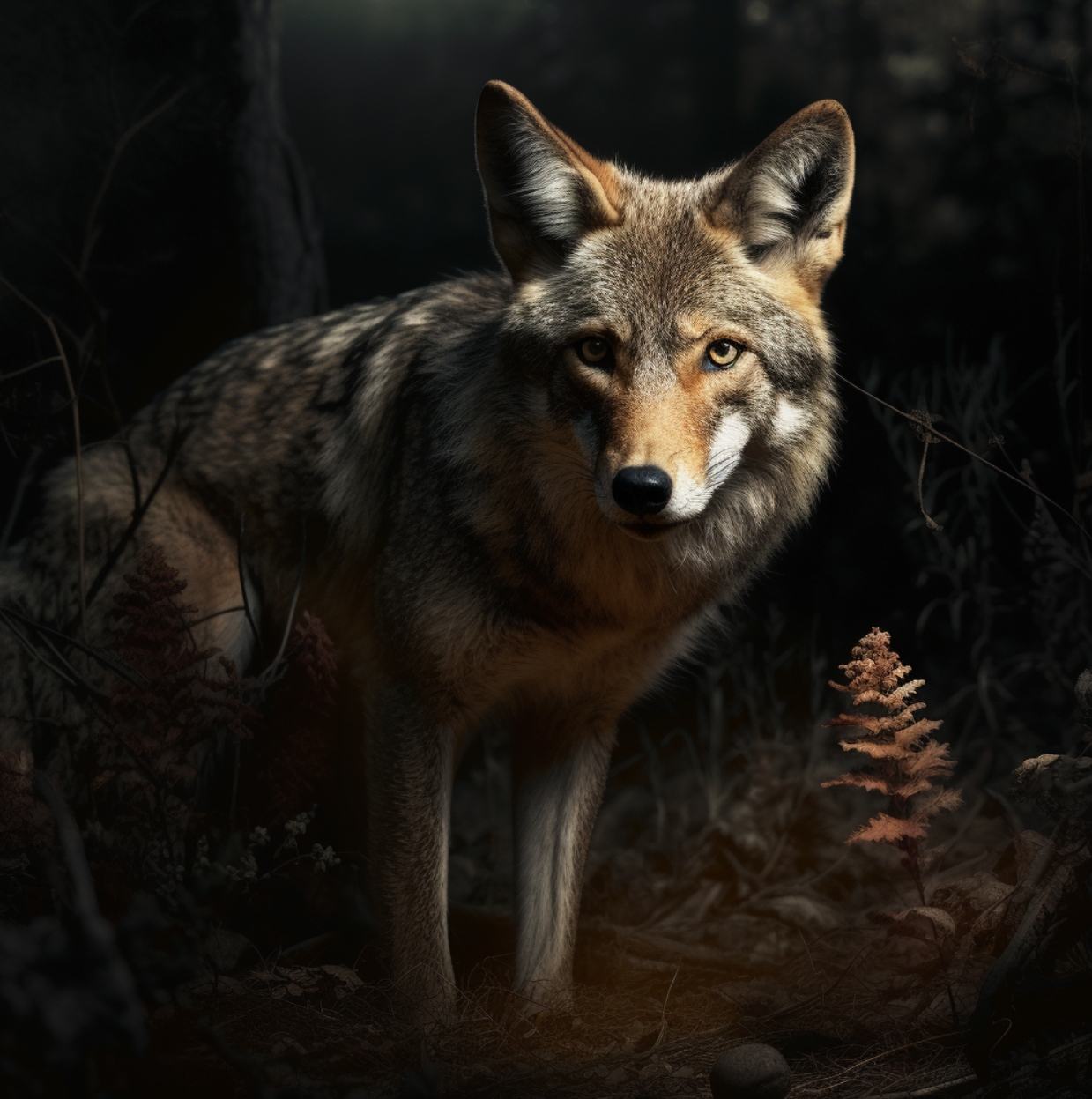Unveiling The Unique Vocalizations Of Coyotes: How They Bark And Why
Coyotes are well-known for their distinctive vocalizations, often described as eerie howls or yips. Have you ever wondered what these sounds mean and why coyotes make them? In this blog post, we’ll dive into the fascinating world of coyote vocalizations, exploring their purpose and the hidden secrets they reveal.

Chicken Language: Listen to Common Chicken Vocalizations | Chickens – Source www.pinterest.com
The Language Of Coyotes
Coyotes use vocalizations to communicate with each other, conveying a range of messages and emotions. They have a complex repertoire of sounds, including howls, yips, barks, growls, and whines. Each vocalization serves a specific purpose, helping coyotes to maintain their social structure, defend their territories, and attract mates.

The Complex Communication Network of Coyotes in Yellowstone National – Source www.hummingbirdsplus.org
Unveiling The Unique Vocalizations
One of the most iconic coyote vocalizations is the howl. Coyotes howl for a variety of reasons, including to establish their territory, communicate with other pack members, and attract potential mates. Howls can travel long distances, allowing coyotes to communicate over large areas.
![Why Do Coyotes Howl - Coyotes Facts [2024] Why Do Coyotes Howl - Coyotes Facts [2024]](https://blogdigger.com/wp-content/uploads/2022/07/Why-Do-Coyotes-Howl-0.jpg)
Why Do Coyotes Howl – Coyotes Facts [2024] – Source blogdigger.com
Yips are another common coyote vocalization. These high-pitched, short sounds are often used as a warning signal or alarm call. Coyotes may yip to alert their pack to potential danger or to deter other animals from approaching their territory.

Fairfax County sees uptick in coyotes | WTOP – Source wtop.com
History And Myth
Coyote vocalizations have played a significant role in human folklore and mythology. In many Native American cultures, coyotes are associated with trickery, deception, and cleverness. Their vocalizations were often interpreted as omens or messages from the spirit world.

Primate Vocalizations Are Much More Than Gibberish (2022) – Source aukabo.com
Hidden Secrets
Beyond their communicative function, coyote vocalizations can also reveal hidden secrets about the animals themselves. By analyzing the frequency, duration, and pitch of their howls, scientists can determine the age, sex, and location of individual coyotes. This information helps researchers study coyote behavior and track their movements.

Why Do Coyotes Scream? An Analytical Guide to Understanding and – Source bestpestworld.com
Recommendations
If you encounter coyotes while hiking or camping, it’s important to be aware of their vocalizations and respond appropriately. Coyotes are generally shy animals, but they may become aggressive if they feel threatened. If you hear coyotes howling or yapping, it’s best to stay calm and avoid approaching them.

Ash Tree Bark Peeling – Reasons For Bark Coming Off Ash Trees – Source www.gardeningknowhow.com
How To Decode Coyote Vocalizations
To effectively decode coyote vocalizations, pay attention to the following factors:
Tips For Listening To Coyote Vocalizations
Here are some tips for listening to and decoding coyote vocalizations:
Coyote Vocalizations In The Wild
Coyote vocalizations can be heard in various habitats, including forests, grasslands, and deserts. They are most active at dusk and dawn, but may also be heard during the day or night.

Wolf Conservation Center on Twitter: “The stregth of the wolf is family – Source www.pinterest.com
Fun Facts About Coyote Vocalizations
How To Study Coyote Vocalizations
To study coyote vocalizations, researchers use a variety of techniques, including:
What If Coyotes Bark Excessively?
If you notice coyotes barking excessively in your neighborhood, it may be a sign of distress or territorial disputes. In such cases, it’s important to contact local wildlife authorities for assistance.

Adopt: African Painted Dog at the Endangered Wolf Center in 2021 | Wild – Source www.pinterest.com
Listicle Of Coyote Vocalization Types
Question And Answer
Conclusion Of Unveiling The Unique Vocalizations Of Coyotes: How They Bark And Why
Coyote vocalizations are a fascinating aspect of their behavior and ecology. By understanding the purpose and meaning behind these sounds, we can gain a deeper appreciation for these enigmatic animals and their role in the wild.